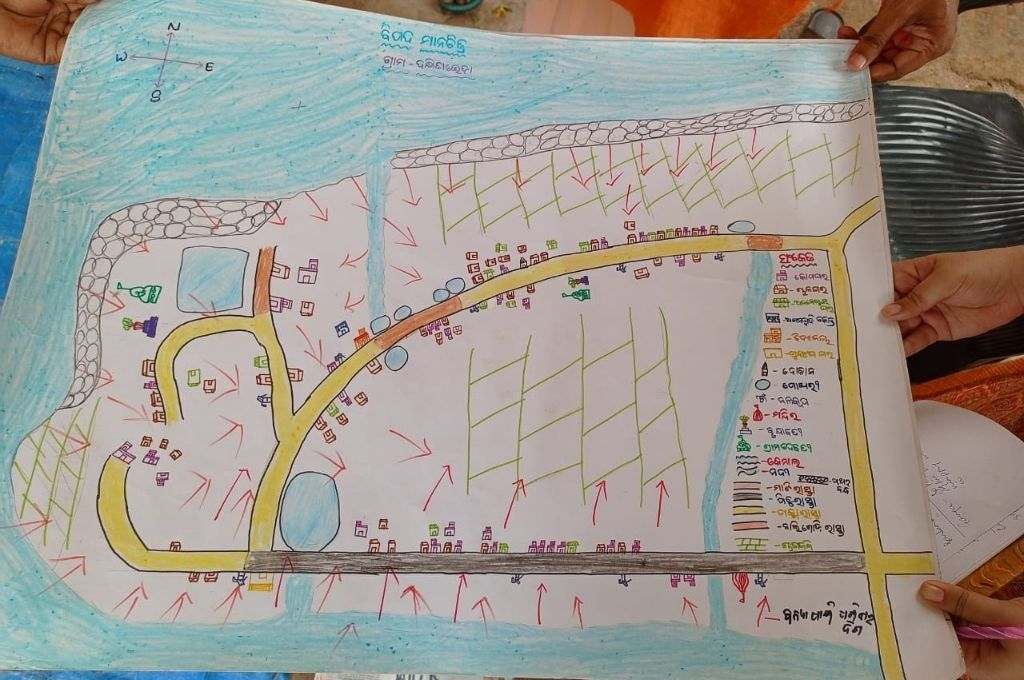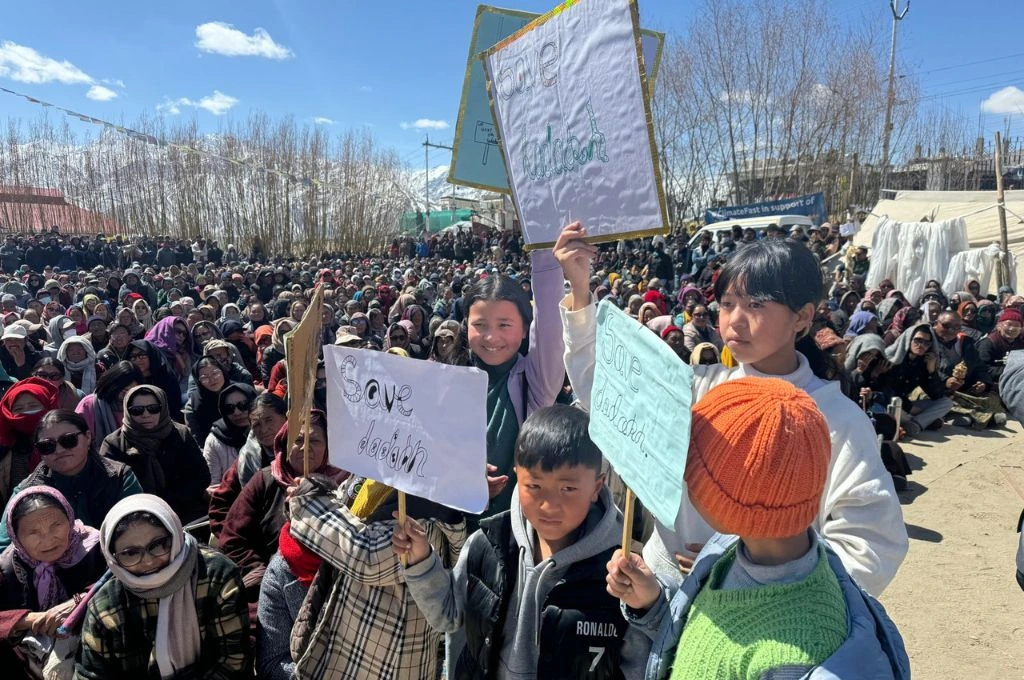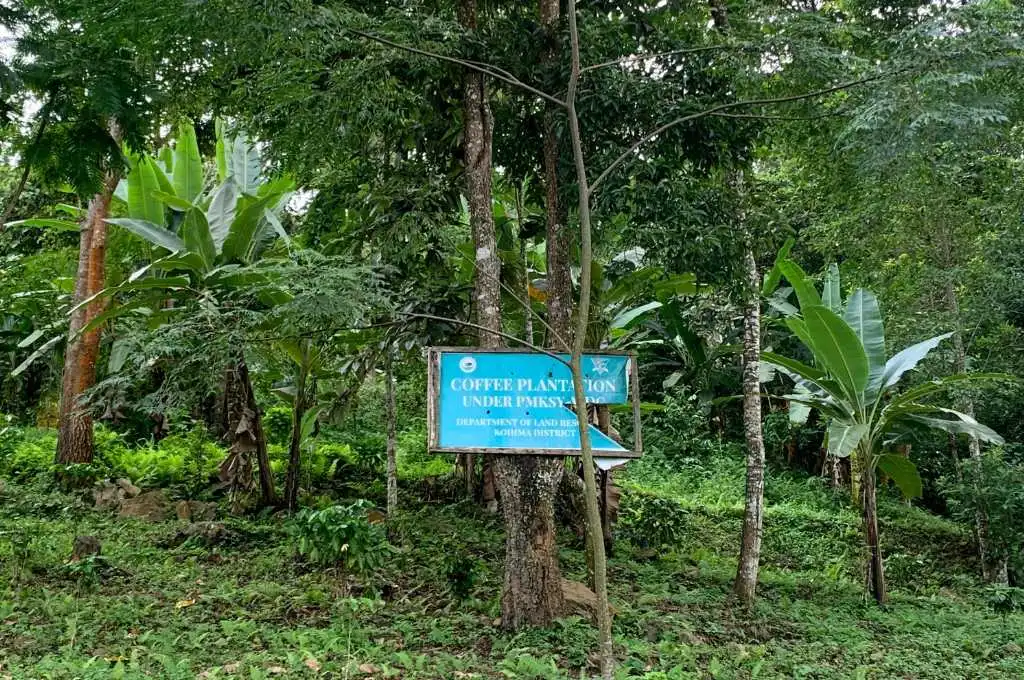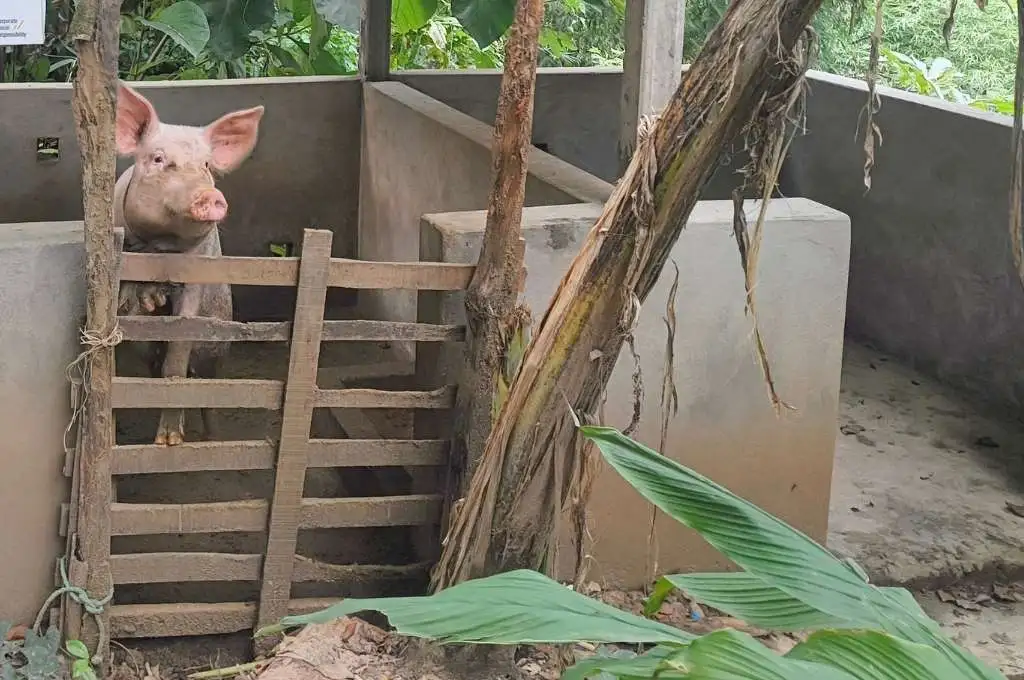READ THIS ARTICLE IN
How map-making helps Odisha’s cyclone-prone villages

Dakhinveda is a tiny village with 75 odd families in the Kendrapara district of Odisha. The Brahmani river circles the village that has been witnessing its fury for years. Its ebbs and flows have been guiding life in this village. Every year heavy rainfall and cyclones—which have increased in frequency and intensity—wash away the mud huts and disrupt lives.
“Just last year we had to deal with two cyclones,” says Gangadevi Rout, an arts graduate who teaches map-making as a disaster risk reduction measure. Like many others in the village, Ganga was trained to use maps to reduce the risk posed by disasters early in her life—when she was just 13.
During a natural disaster these maps help people navigate safe shelters and paths. Ganga says, “The kaccha (unpaved/mud) and pakka (concrete) roads and shelters are clearly marked in different colours on the maps. People know that they should only take a concrete road when disaster strikes and avoid kaccha houses and roads. The maps also point them to the nearest shelters, which are often school buildings in the area.”
There are three types of maps: social map, asset map, and risk map. The social map shows all the houses (kaccha and pakka houses), schools, water resources, and the general layout of the village. The asset map highlights the cyclone shelters, schools, temples, and other buildings that can double up as shelters. The risk map depicts vulnerable houses as well as all the pathways through which water can enter the village. There’s also an evacuation map in case of a tsunami.
Ganga now goes from village to village teaching map-making to children and adults. Apart from the urgent utilitarian purpose of the maps, Ganga feels this practice is also helping her hone her art-making skills.
As told to IDR.
Gangadevi Rout works as a community worker with Nature’s Club in Odisha.
—
Know more: Read how building resilience skills among the youth can help them cope with adversities.



